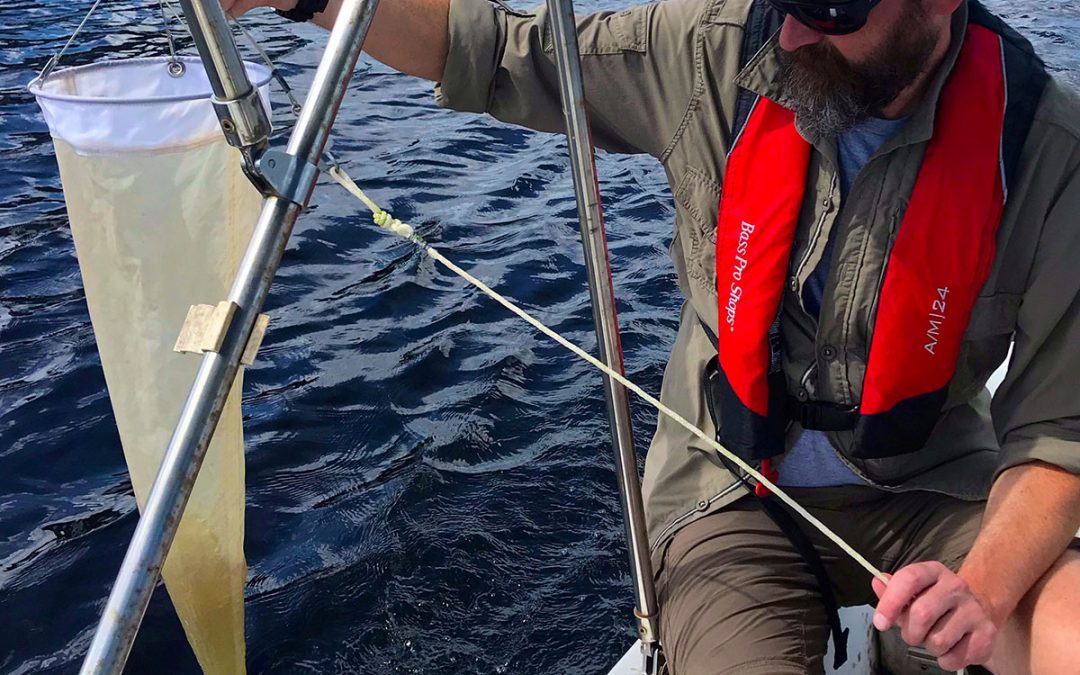Those who lived through 2018’s summer knew Southwest Florida’s water was bad, but a new peer-reviewed scientific study helps clarify how bad.
Just published in the journal Neurotoxicity Research, the paper shows residents were exposed to a mix of potentially dangerous toxins at the same time, as a one-two punch of algae blooms left the economy reeling and residents sickened.
In coastal saltwater, red tide killed countless sea creatures, while making beachgoing miserable for many. Throughout freshwater inland reaches, cyanobacteria glazed the Caloosahatchee, its tributaries and connected canals. The result was an ugly, stinking mess that may have lasting health consequences for the people who experienced it.
The paper’s lead author is James Metcalf, senior research scientist at Brain Chemistry Labs in Wyoming.
With the help of volunteers and staff from the nonprofits Calusa Waterkeeper and Sanibel-Captiva Conservation Foundation, Metcalf collected samples with a pennon-shaped white mesh net device that snags and concentrates algae. He crisscrossed the region’s waterways by boat, ranging from Fort Myers to Pine Island Sound to Gasparilla Island, dipping up specimens from open water, marinas and matted scum along seawalls.
“Although aesthetically unpleasant,” Metcalf writes in the study, “of bigger concern is their potential to produce highly potent, low molecular weight toxins with acute and chronic human health impacts.” Beyond skin irritation and gastrointestinal distress, the toxins have been implicated in liver disease and several grave neurodegenerative illnesses.
Continue Reading

























